Rising Prevalence of Chronic Diseases
The increasing incidence of chronic diseases in North America is a pivotal driver for the cell counting market. Conditions such as cancer, diabetes, and cardiovascular diseases necessitate extensive cellular analysis for diagnosis and treatment monitoring. According to recent statistics, chronic diseases account for approximately 70% of all deaths in the region, highlighting the urgent need for effective diagnostic tools. This trend propels the demand for advanced cell counting technologies, as healthcare providers seek precise and reliable methods to assess cellular health. The cell counting market is thus positioned to benefit from this growing need, as innovations in cell counting technologies can enhance patient outcomes and streamline clinical workflows.
Increased Focus on Cell-Based Therapies
The heightened emphasis on cell-based therapies in North America serves as a significant driver for the cell counting market. As the healthcare landscape shifts towards personalized medicine, therapies utilizing stem cells and immune cells are gaining traction. The market for cell-based therapies is projected to reach $100 billion by 2026, underscoring the importance of accurate cell counting in these applications. Effective cell counting is essential for ensuring the quality and efficacy of therapeutic products, thereby driving demand for advanced counting technologies. Consequently, the cell counting market is likely to experience substantial growth as it aligns with the evolving needs of the biopharmaceutical sector.
Rising Investment in Research and Development
The surge in investment in research and development (R&D) activities across North America is a crucial driver for the cell counting market. With funding from both public and private sectors increasing, research institutions are better equipped to explore new frontiers in cellular biology. In 2025, R&D spending in the life sciences sector is anticipated to exceed $50 billion, reflecting a strong commitment to advancing scientific knowledge. This influx of capital fosters innovation in cell counting technologies, enabling the development of more precise and efficient counting methods. As R&D activities expand, the cell counting market is likely to thrive, driven by the continuous demand for cutting-edge solutions.
Technological Integration in Laboratory Practices
The integration of advanced technologies in laboratory practices is reshaping the cell counting market in North America. Automation and digitalization are becoming increasingly prevalent, enhancing the efficiency and accuracy of cell counting processes. The adoption of automated cell counters and image analysis systems is on the rise, with a projected growth rate of 15% annually. This trend not only streamlines laboratory workflows but also reduces human error, thereby improving data reliability. As laboratories seek to optimize their operations, the demand for innovative cell counting solutions is expected to surge, positioning the cell counting market for robust growth in the coming years.
Growth in Biotechnology and Pharmaceutical Research
The expansion of biotechnology and pharmaceutical research in North America significantly influences the cell counting market. With an estimated market value of over $200 billion, the biotechnology sector is rapidly evolving, driven by the need for innovative therapies and drug development. Cell counting plays a crucial role in research and development processes, particularly in areas such as cell therapy and regenerative medicine. As research institutions and pharmaceutical companies increasingly invest in cell-based assays, the demand for sophisticated cell counting solutions is expected to rise. This growth not only enhances the capabilities of researchers but also propels the cell counting market forward, fostering advancements in technology and methodology.


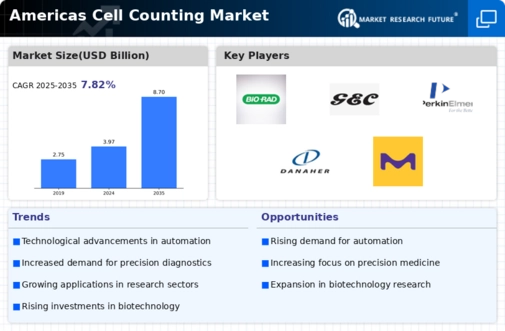
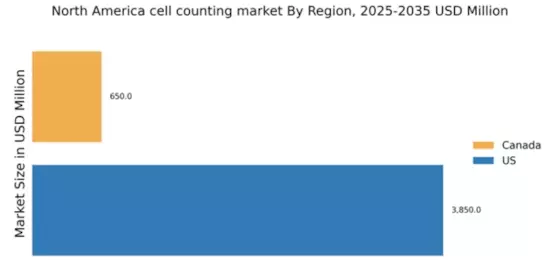
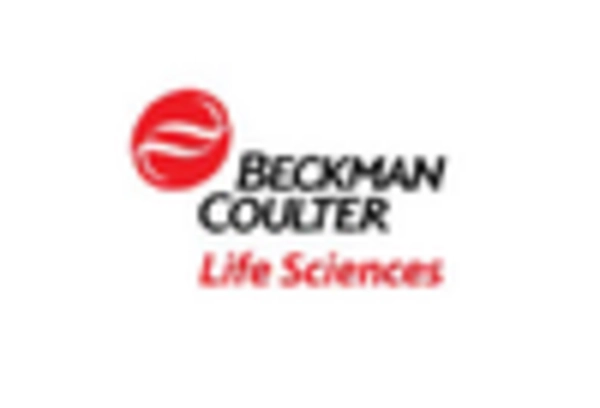
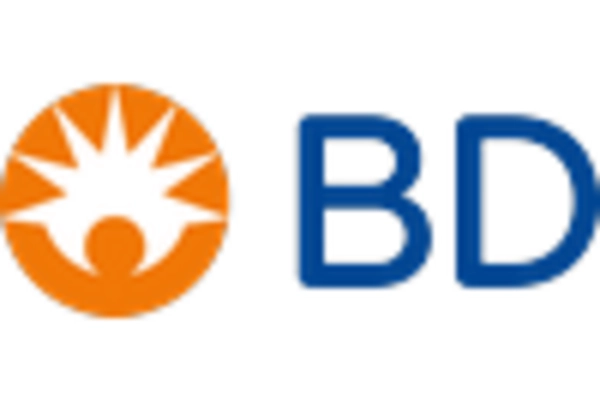


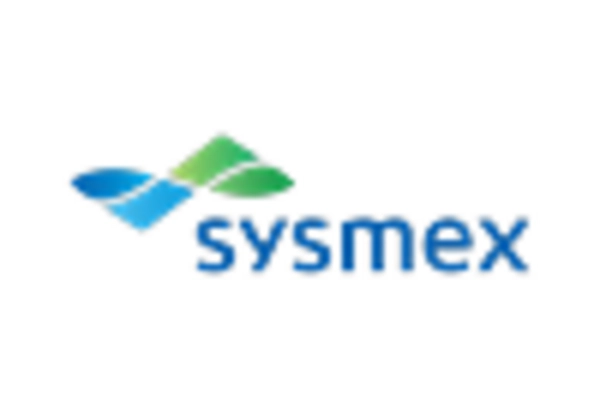









Leave a Comment